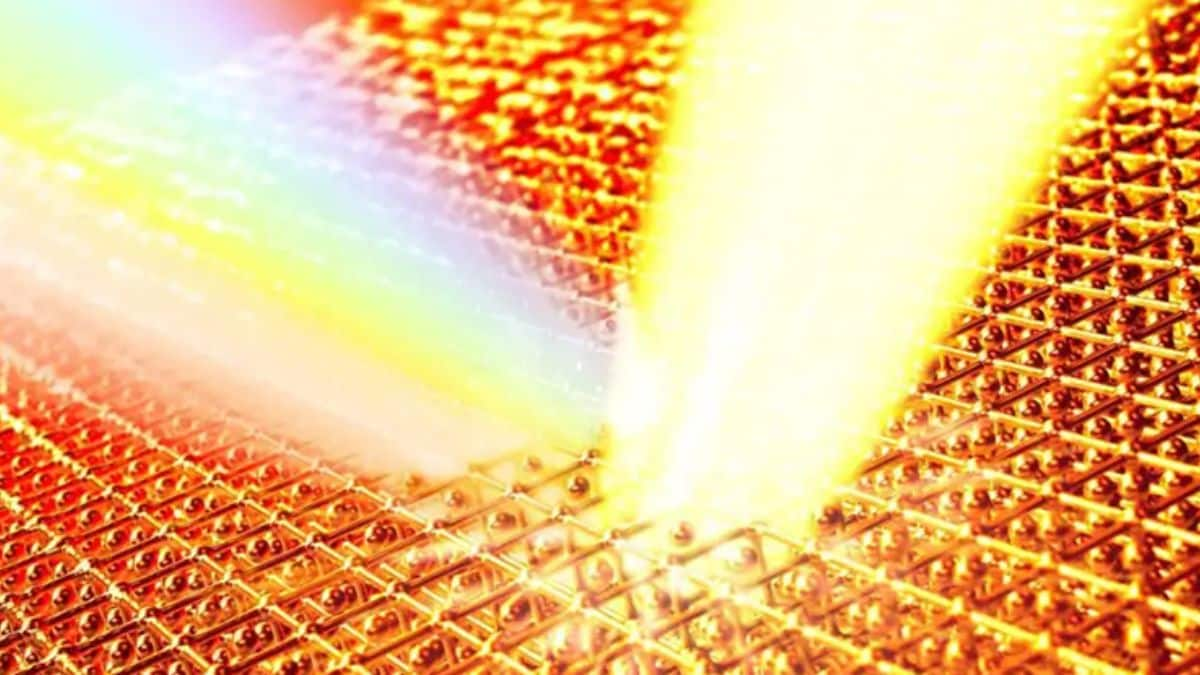In a groundbreaking experiment, gold has defied the expectations that it was still solid even after being heated above the standard temperature. With the help of rapid laser bursts, the scientists could superheat gold beyond the entropy catastrophe, which is a theoretical boundary at which solids need to melt due to extreme heat. To the surprise, the gold was in the structure temporarily, and then it led to the rethinking of how matter behaves when provided with intense conditions. Such a rare phenomenon is known as superheating, where the heating happens so fast that atoms don't get enough time to reorganise themselves into a liquid.
Gold Withstands the Entropy Catastrophe: What Is Superheating?
As per Science Alert, the atomic structure of gold resisted melting and absorbed the heat quickly, even faster than the response of its atoms. Scientists performed this study at 19,000 Kelvin, and gold remained solid for 2 picoseconds, which is enough to challenge the theory of physics.
Conventionally, the physicist believed that solids could not survive heat more than three times their melting point. This experiment, although pushed gold to 14 times the threshold, with the help of advanced techniques, which involved X-ray reflections to track the heat absorption accurately. The findings suggest that the materials can resist melting beyond the previously known boundaries; however, only for brief moments, which are difficult to even imagine.
Could Other Solids Resist Melting Like Gold? What This Means for Future Research
The results found by the scientists don't change the law of thermodynamics. However, they suggest that such laws cannot be completely applied in ultra-fast reactions, and atoms cannot move or rearrange in this much time. Most importantly, gold had no place to go, and this let it remain solid even after heating to unexpected temperatures.
This unlocks the new possibilities fr understanding the extreme situations, from the impact of asteroids to the nuclear reactors. Scientists now wonder if other solids could also show the same tolerance, and rule out the current model of melting points, which need to be known altogether. Science must revisit the question asked by one scientist that how hot can you make something before melting?

Comments
Post a Comment